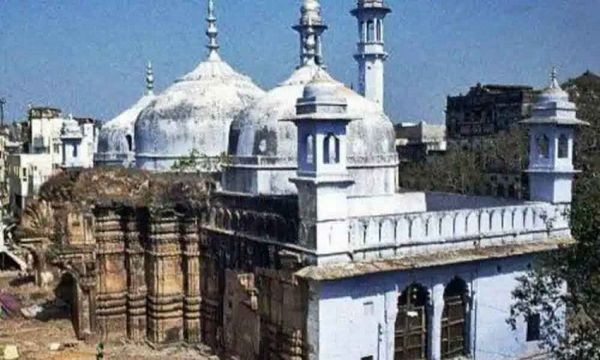Calls to hand over the Gyanvapi mosque to the Hindus have come even after appeals by the Anjuman Intazamia Masjid in the Supreme Court to protect the Places of Worship (Special Provisions) Act of 1991 from becoming a dead letter.
The 1991 Act provides a guarantee for the preservation of the religious character of places of public worship as they existed on August 15, 1947.
In August 2023, the Anjuman, Gynavapi mosque’s managers, had argued in the apex court that the demand for a “scientific investigation” by the Archaeological Survey of India (ASI) of the mosque premises was merely “salami tactics” and would defeat the spirit of the 1991 Act. But a Bench headed by Chief Justice of India D.Y. Chandrachud had allowed the ASI survey using “non-invasive technology”. The Chief Justice had even orally remarked to the mosque committee during the hearings that what seemed frivolous to them may be faith to the Hindus. The survey has now reported that a grand temple pre-existed the Gyanvapi mosque.
The August 2023 judgment of the apex court did not directly deal with the mosque committee’s two questions — “what is the point of ordering this ASI survey and going into the history of what may have happened 500 years ago” and “is the survey itself not a violation of the statement of objects of the Places of Worship Act”.
Ramjanmabhoomi judgment
Incidentally, the answer to these questions may be found in the Ramjanmabhoomi title dispute judgment authored by a five-judge Bench of the Supreme Court in November 2019.
The Constitution Bench in the Ramjanmabhoomi verdict observed that the 1991 Act was an “affirmation” of the solemn duty of the state to preserve the equality of all faiths. The Act was a manifestation of an essential constitutional value. “A norm which has the status of being a Basic Feature of the Constitution,” the 2019 judgment had noted.
The judgment had highlighted the parliamentary intention behind the 1991 Act. It had reproduced excerpts of the government arguing in Lok Sabha on September 10, 1991 that the Places of Worship Act “which sought to prohibit the forcible conversion of places of worship was not to create new disputes and to rake up old controversies which had long been forgotten by the people.”
The five-judge Bench referred to how one of the parliamentarians, Malini Bhattacharya, had agreed with the cut-off date of August 15, 1947. “It is because on that date we are supposed to have emerged as a modern, democratic and sovereign State... From that date, we also distinguished ourselves as a state which has no official religion and which gives equal rights to all the different religious denominations”.
The Ramjanmabhoomi verdict had recounted that two days later, on September 12, 1991, the then Home Minister spoke in the Rajya Sabha of how “we have to realise that God is not in the mosque or in the temple only, but God is in the heart of a person”.










